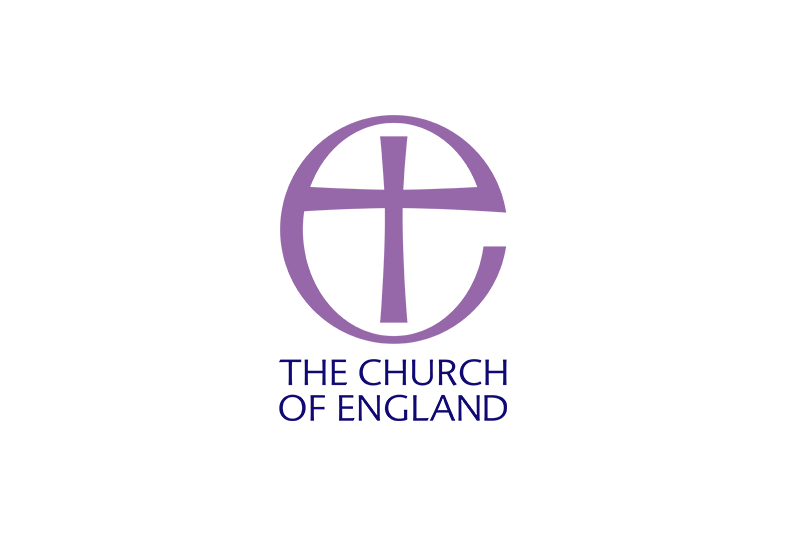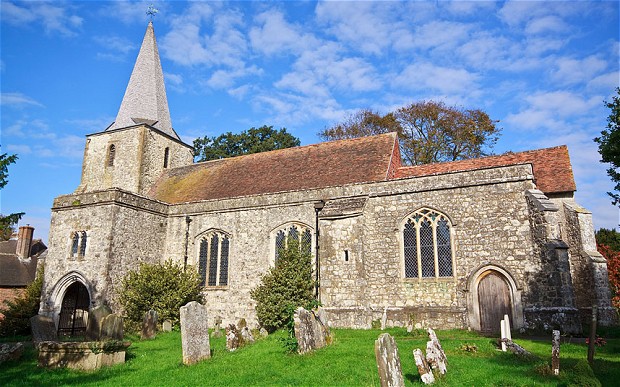by Anonymous

This anonymous contribution arrived in the last couple of days. I would normally have elected to hold it over for a few days but the content appears to be relevant to our ongoing discussion about the weaponisation of safeguarding. The author claims to find psychopathic behaviour among those who currently administer safeguarding in the Church. This observation needs to be kept in mind as we watch the reaction and likely resistance to the radical proposals by Jay to remove control of safeguarding from those who currently hold this power. Ed.
Most would readily accept that paedophiles and other psychopaths tend not to thrive in normal hidden places but rather remain hidden in plain sight. Perhaps two of the most chilling examples of this would be Bishop Peter Ball and Jimmy Saville.
The psychology of the paedophile and abuser of vulnerable adults is complex but what is common among them is an absence of conscience about their crimes nor with respect to the devastating effect that they inflict on their victims. Sometimes there even seems to be a large element of personal gratification in seeing the harm they cause. Unwittingly however, the Church of England in its insistence of taking control of its own safeguarding has opened the opportunity for a new type of abuse, maybe not sexual, but every bit as devastating in its consequences.
While it would be very difficult for a sexual offender to be employed in safeguarding by the churches, what we now experience instead is the phenomenon of individuals within social welfare occupations such as social work and child protection who have a sadistic and psychopathic urge to harm vulnerable people. These people are deliberately hiding in plain sight by holding positions of enormous unaccountable authority such as diocesan or national safeguarding officers under the guise of the protection of their victims. This is of course not to say that all such office holders are in this category just as one should never suggest that all clergy, scout leaders, nurses, child protection officers and social workers are either. However, evidence is already available from their behaviours, that these psychopaths are present within safeguarding structures in the Church of England.
Taking refuge in their autonomous positions of trust, the new abusers exercise a control never dreamed of in the past by paedophiles when it comes to exercising maximum harm on their victims. This is manifested in parishes too where the local church safeguarding officer is sometimes someone who knows most if not all the people in their congregation and can consequently exercise huge damage entirely in a hidden way on people they choose to target. Long held resentments and vendettas are held by those with minimum training or supervision and while under the cover of being in plain sight and although charged merely with the apparent obligation to report rather than investigate, the parish safeguarding officer can cause immense harm to individuals without any accountability whatsoever.
In the past those who wanted to cause harm to their opponents would resort to accusations of heresy, now it is with vexatious allegations regarding safeguarding: this phenomenon has accurately been described as the weaponisation of safeguarding. (Please read the excellent book Letters to a Broken Church edited by Janet Fife and Gilo). However there is another aspect to this weaponisation of safeguarding and we see this also in the increasingly alarming behaviours of some of the diocesan and national church safeguarding personnel who although in theory are responsible to church bureaucrats (CEOs, diocesan secretaries, the Archbishops’ Council et al), these latter people have no relevant professional training or qualifications to make expert and informed decisions about the probity of their safeguarding personnel: this means that usual professional supervision is largely absent.
I am one of the so-called ISB 12 who was directly impacted by the brutal and sudden abolition of the Independent Safeguarding Board. It was said at the time that we were all told beforehand of the abolition but I am forced to write that this was a lie – I never was and nor was anyone else in the group of us that meets regularly for mutual support and planning. Alas, telling untruths often seems to be a pattern of behaviour with statements from the Church of England.
General Synod document 2336 states: “We do now have in place, through independent commissioner Kevin Crompton, a means for those seeking reviews under the terms of the ISB to continue with this. We are glad that several people are taking up this offer and working with Kevin to set in place reviews. We remain open to listening, to conversation, and to attempts to find resolution with all those affected.”
This was misinformation and dishonest on the part of the authors. As a result of this there was a request for a Survivor/Victim to read a statement from us to General Synod, but this was not accepted. Several people felt that our group should be clear that this statement contains a “lie” and it should be called out as such; in the end this was the statement to which we agreed unanimously and is now in the public domain as a consequence of the attempt to silence us:
“GS 2336 states that the ISB 11 have a means in place to continue with their reviews – this is untrue. The necessary conditions such as data sharing agreements are not in place. It is also inaccurate to imply that the group are happily working with Kevin Crompton. The ISB 11 have instead expressed no confidence in his brief, role, or readiness to conduct our reviews on the same basis as the former ISB. Not one survivor is currently having their review progressed with/by him. We are deeply concerned that the General Synod has been fed misinformation which we assume is designed to appease Synod members. This has exacerbated the ‘significant harm’ to survivors as evidenced in the recent Glasgow Report.” This statement has been agreed unanimously by those present.
On so many occasions Church of England safeguarding personnel and central secretariat officers engage in corrupt, dishonest and bullying behaviours towards those who have already suffered sexual and other abuse. It is also well known that some of those who wield the most power in Church House, Westminster regularly brief the press “off the record” spreading malicious untruths without their victims having any recourse to reply.
The alleged increasingly cruel, mean and bullying behaviour of members of the Interim Support Scheme office, part of the National Safeguarding Team and ultimately the Archbishops’ Council, also indicate serious questions of alleged bullying in many different forms perpetrated on some of the most vulnerable people among the Church of England’s many victims of abuse in all its forms. They are however also signs pointing to the individuals who are perpetrating the bullying: people who have perhaps been involved in safeguarding and administration in the church for many years, people who (hidden in plain sight) have exacted psychopathic cruelty on the very people that the Church of England has abused most and continues to abuse most: this is the same pattern of behaviour of the paedophile and other sex offenders.
I have often asked myself and others the question why some of the people in safeguarding in the Church of England, people with immense power, behave so badly towards the church’s victims: is it profound incompetence or is it profound cruelty? The answer invariably is that it is incompetence, not being “up to the job” and that they are “basically innocent” (to quote a former Archbishop of Canterbury about Bishop Peter Ball). I believe however that this is mistaken: some of the people concerned are far more likely to have deliberately placed themselves in their positions, under the cover of plain sight, so that they can inflict as much damage as possible on the most vulnerable of those that the Church of England has already abused.
The new abusers in the Church of England are the very same people who have been charged by their episcopal and lay leaders to offer protection: these cruel people are all in plain sight. The only solution now is for the Church of England to remove itself from all safeguarding and to put everything in the hands of an independent safeguarding board or body that will not be compromised either by the narcissistic psychopaths in safeguarding or the narcissistic sociopaths in leadership (lay and episcopal) – both who perpetrate the toxic increasing and serial assassination of souls. These safeguarding psychopaths must be finally driven out of the Church of England.
When the unclean spirit has gone out of a person, it wanders through waterless regions looking for a resting-place, but it finds none. Then it says, “I will return to my house from which I came.” When it comes, it finds it empty, swept, and put in order. Then it goes and brings along seven other spirits more evil than itself, and they enter and live there; and the last state of that person is worse than the first. So will it be also with this evil generation.’ Matthew 12: 43-45
May our prayers ascend to you, O Lord, and may You rid Your church of all wickedness. Amen
One of the “ISB 12” (although writing as an individual).



